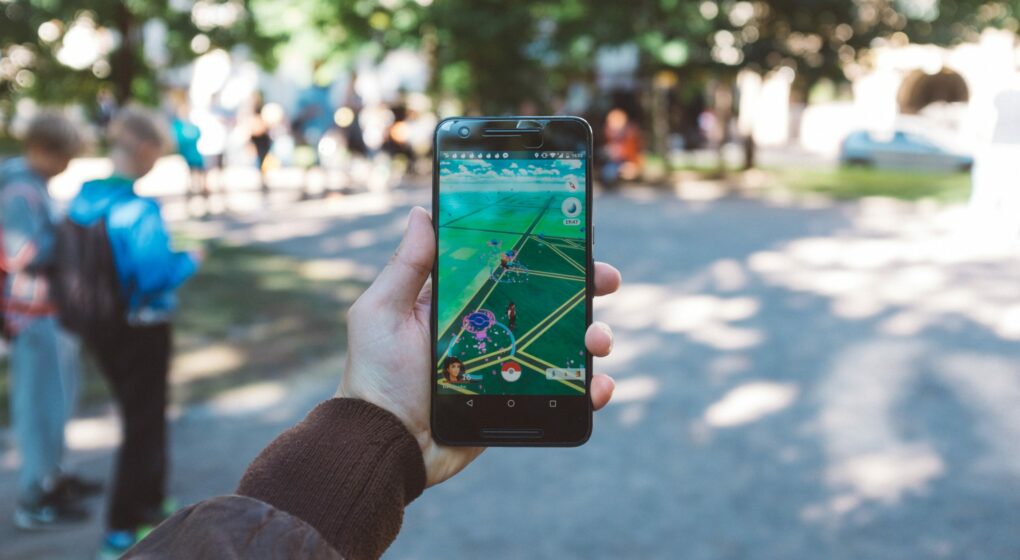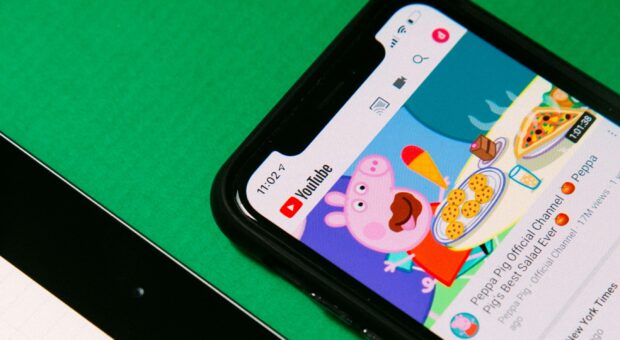
Categories:
What is Augmented Reality (AR)?
Augmented Reality – more commonly known as AR – ”is an enhanced version of the real physical world that is achieved through the use of digital visual elements, sound, or other sensory stimuli delivered via technology.” By utilizing AR, companies can give customers a new kind of experience by providing the opportunity to get up close and personal with a product or a service before they buy it. AR provides an interactive experience to consumers where objects that reside in the real world are enhanced by computer-generated perceptual information–essentially, the technology adds a digital layer on-screen that enhances or changes your real-world experience.AR in our Everyday World
You’ve likely come across AR in your daily life, and may not have even thought twice about it. For example:- Did you play Pokemon Go back when it was popular? That’s a fun, gamified AR experience
- Have you tried on sunglasses using a digital website feature?
- What about testing out the view from a certain seat in a stadium before buying a ticket?
- Have you used a social media (Instagram, Snapchat, TikTok) feature that inserts a layer onto your screen (e.g., giving users a certain makeup look or a fun-colored wig)?
- Or have you tried test-driving a car virtually?
1. Try before you buy.
But not physically…AR allows for a completely remote experience of trying before you buy via mobile phone, allowing the user to experiment and model different product options based on the digital layer provided to them. Facebook was one of the first to pioneer this feature, allowing users to virtually try on sunglasses in an advertisement for Bobbi Brown, and various other eyewear brands. Timberland, following closely behind, provided a feature in stores where customers could stand in front of a camera and a screen would display their face with a body consisting of different clothing options, giving the customer full control over what clothes they wanted to select and ultimately try on. The cosmetics industry was also quick to hop on the bandwagon, providing a feature on their website where customers could upload a still image and apply different types of makeup products to their headshot. This experience may seem less personalized to some, but really, AR is allowing the customer to feel like they’re in the driver’s seat–especially when shopping online. It gives them the opportunity to have a more hands-on shopping experience and pick the item that’s more tailored to their needs when they press purchase. Plus, this will likely decrease the number of returns you have on that product because, in a sense, they’ve already tried it on. Winnah, winnah, chicken dinnah.2. Let’s take a tour!
AR allows businesses to add a digital component to their physical locations and products, allowing customers to tour a location before they visit. Without even entering a store, customers start to get a supplemental brand experience by how the tour is set up and what they see and experience on the tour. For example, StubHub, a ticket sales company, was able to utilize this feature for their app and allowed customers to view a 3D display of the SuperBowl stadium. Fans could visualize what their experience would be looking at the field and could better gauge which seating choice was best for them. Starbucks also elevated their customer experience by providing a digitized tour of their physical locations. While moving digitally throughout the store, users were provided with additional information when scanning certain objects within the shop itself. This service is also commonly used with real estate and leasing companies today so that home buyers or renters can experience the house or apartment before they go check it out for themselves in person. This was key during the pandemic, as many in-person meetings were off limits or limited in nature.3. Buzz buzz….
The biggest marketing goal for any successful company is to generate buzz around a product or service. With AR being a somewhat new phenomenon, a well-designed AR experience can get people talking. AR is being used to generate interest in a brand through its unique, fun, and interactive experience from the comfort of home. Without a lot of in-person heavy lifting, this can result in significant buzz for a brand by simply putting what the customer wants front and center. For example, Pepsi utilized this feature for a campaign they deployed at bus stations all over NYC. Pedestrians had a view of a virtual bus window, where developers used the environment and a camera to display things they’d see at a bus stop but were not actually happening. One display included a man holding onto balloons coming around the corner of a building, and another displayed an octopus leg coming through the NYC drain to grab someone and pull them down. These unexpected and exhilarating realistic video images created major buzz for the business, and furthered the case for AR as a successful marketing tool The transition to a more digitally native world has been a quick one with new technologies seemingly popping up overnight – but as more and more people hop on new bandwagons, they expect the brands they love to meet them where they are. Curious what interactive marketing tools are right for your brand? Get in touch with the Ethos team and we can discuss. Sources:- https://www.smartinsights.com/digital-marketing-platforms/augmented-reality/5-ways-to-use-augmented-reality-in-your-marketing-strategy/
- https://www.socialmediatoday.com/news/pinterest-launches-new-virtual-test-drive-ad-experience-with-volkswagen/601775/
About Ethos Ethos is a multiplatform branding agency that develops and executes integrated marketing campaigns across multiple channels for companies throughout the Northeast and beyond. At Ethos, we believe that the most effective way to set a company’s marketing course is by finding its core truth – it’s ethos. We know that once we discover and communicate that core truth, we can truly make a difference to each client’s unique marketing and business objectives. With Ethos, you get more than a Maine branding agency. You get a long-term partner whose goals are your goals. Learn more about the Ethos approach and the work we’ve done for our clients. Want to have a conversation about your brand’s core truth? Contact us!


